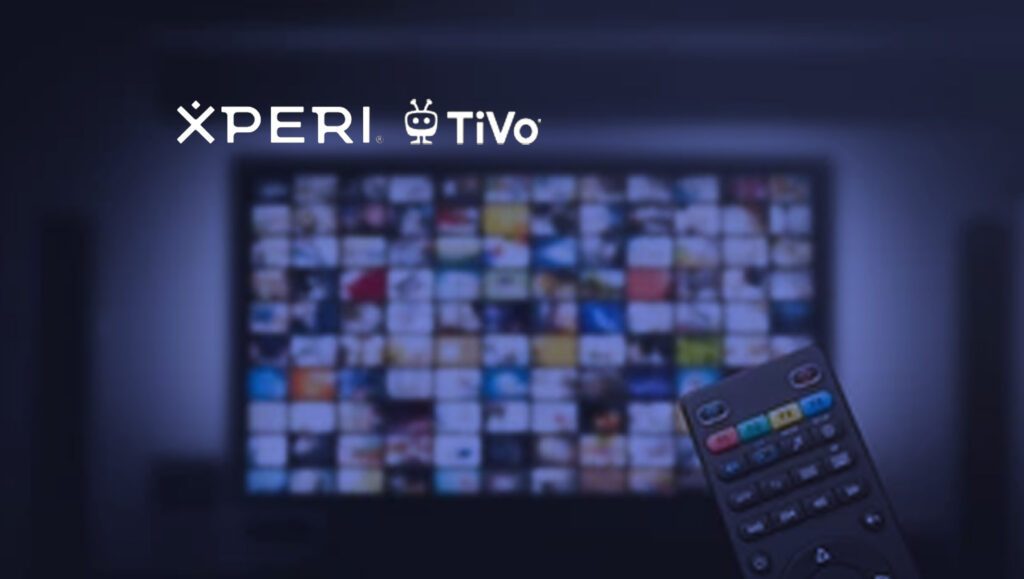Entertainment pricing is soaring, leading consumers to re-evaluate their spending
TiVo, a wholly owned subsidiary of entertainment technology company Xperi Inc., found in its Q4 2023 Video Trends Report that consumers are reevaluating how much they are spending on entertainment and the ways they enjoy it. With inflation top of mind for many, consumers are becoming more intentional about where they spend their dollars – especially as the number of video services options increases and content discovery continues to remain an issue. In 2023, the overall monthly spend on video services dropped by around $13, with users utilizing 4.0 non-paid services – doubling from 2.4 in 2021 – indicating ad-tolerance is at an all-time high (62.8%). The shift in reduced spending signals the entertainment industry’s emergence from a period of growth characterized by changes in TV viewing habits to a new period of stabilization.
“In the end this is a win-win, as major media companies are monetizing at both ends of the spectrum (subscription AND ad-supported) and consumers have more options.”
In addition to the increase in ad-supported video on demand (AVOD) and free ad-supported streaming TV (FAST) consumption, 20.0% of respondents shared that they feel they have too many services and 62.5% admitted to reducing their entertainment spend in light of recent economic inflation. In response to the industry shift from a growth to a profit mindset, and the change in consumer viewing behavior, video service providers started developing “hit” original series to draw in new subscribers and retain current customers. Even with these efforts, the gap between users adding and canceling subscription video on demand (SVOD) services has decreased by 4.4 percentage points as consumers are now canceling services almost as often as they are adding new ones. Consumers are showing they are not afraid to leave a service if they can’t justify the cost – making cost the leading reason for SVOD cancellations (21.3%). On the other hand, Pay TV churn risk declines as 63.7% of respondents are cord-revivers, resubscribing to Pay TV in the last 6 months, with 33.8% reporting that they couldn’t get all the entertainment they were looking for without it.
Marketing Technology News: unitQ Adds Product Analytics To Its User Feedback Platform For Real-Time Actionable Insights Into What Users Are Doing And Saying
“The post-covid U.S. streaming market is maturing rapidly and we’re seeing OTT service providers raising subscription fees to test the limits of consumer entertainment budgets. This trend pushes consumers to balance their media diets (and pocketbooks) with FAST/AVOD services resulting in more churn, lower spend and increased use of non-paid services,” said Scott Maddux, VP of global content strategy and business at Xperi. “In the end this is a win-win, as major media companies are monetizing at both ends of the spectrum (subscription AND ad-supported) and consumers have more options.”
As consumers continue to proceed with caution on their entertainment journeys, video service providers will continue to work to capture the attention of viewers and keep their retention rates climbing. With the entertainment industry shifting to focus more on profit over growth, 2024 will be a year of change as video service providers step into the future of what it means to watch video.
Additional TiVo Video Trend Report Highlights
- Let’s Get Personal: When it comes to content recommendations, personalized recommendations from streaming services still fall short of word of mouth and organic interactions in daily life as 45.9% of respondents go to 2 or 3 streaming apps before settling on something to watch.
- TVOD Is Sticking Around: While movie theaters are making a well-deserved comeback, consumers are still interested in using transactional video on demand (TVOD) services to enjoy new releases from home, with 52.3% of respondents saying they used TVOD services in 2023 – an increase from the year prior.
- You Can Watch Where?: With consumers watching an average of 4.7 hours per day, many are splitting their time watching content on their phones (60.3%), TVs (78.2%), and even in their vehicles (38.0%). In addition to traditional entertainment like TV shows and movies, social video is rising in popularity climbing from 14.7% in Q4 2022 to 17.1% in Q4 2023.
- Your Phone and TV are a Match Made in Heaven: QR codes remain the most commonly used interactive ad method, as well as the one most commonly recognized by respondents (40.2%). Gen Z is most likely to tap an interactive commercial on a tablet or phone (40.7%) while Millennials are the most likely to utilize QR codes in a TV show or commercial (35.9%).
Marketing Technology News: MarTech Interview with Frank Paterno, SVP of Marketing at GlobalMeet






















